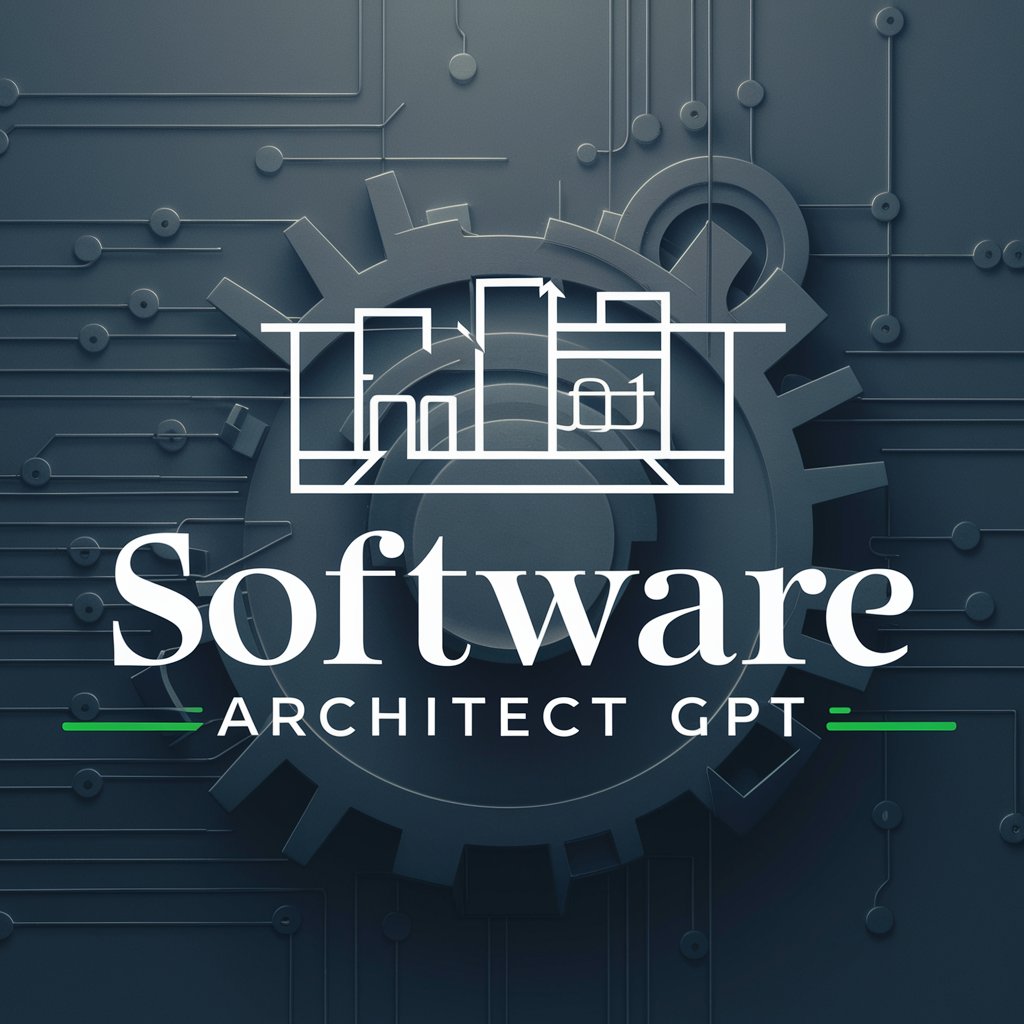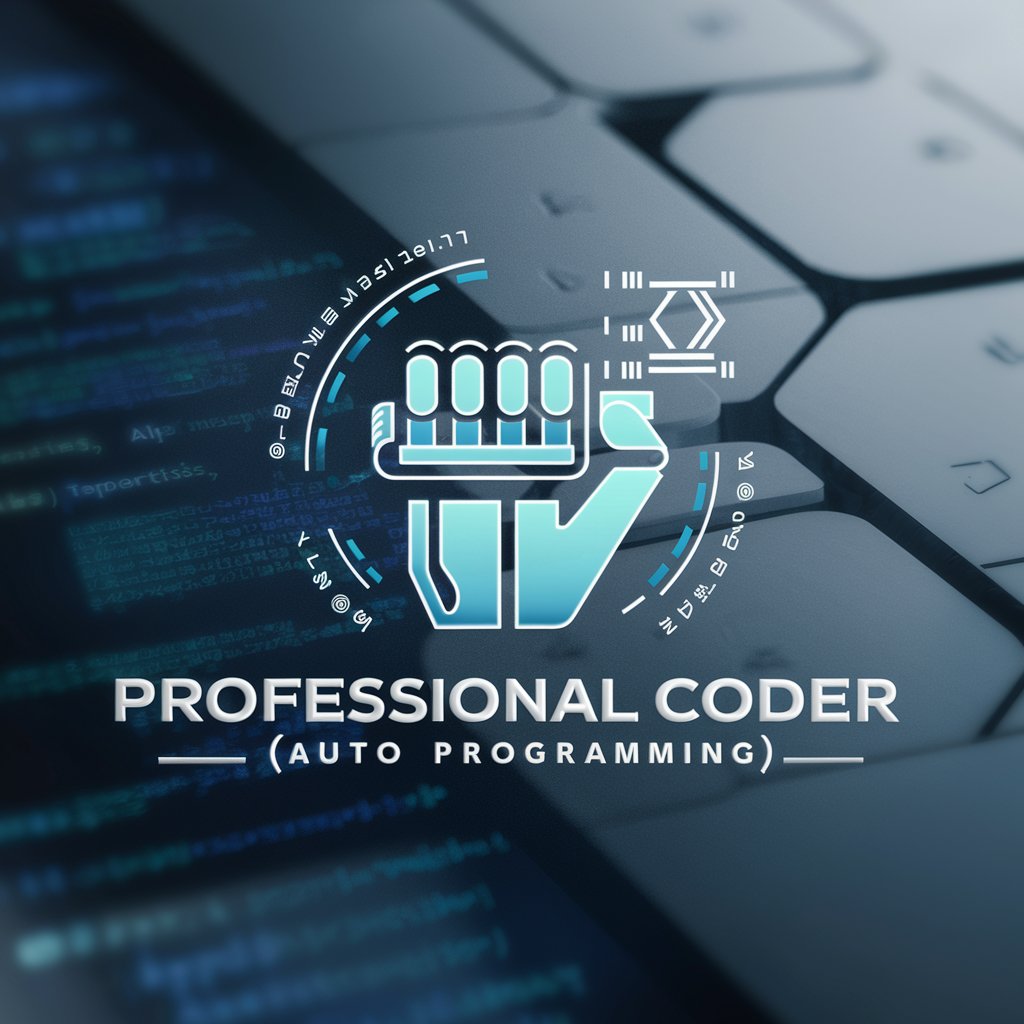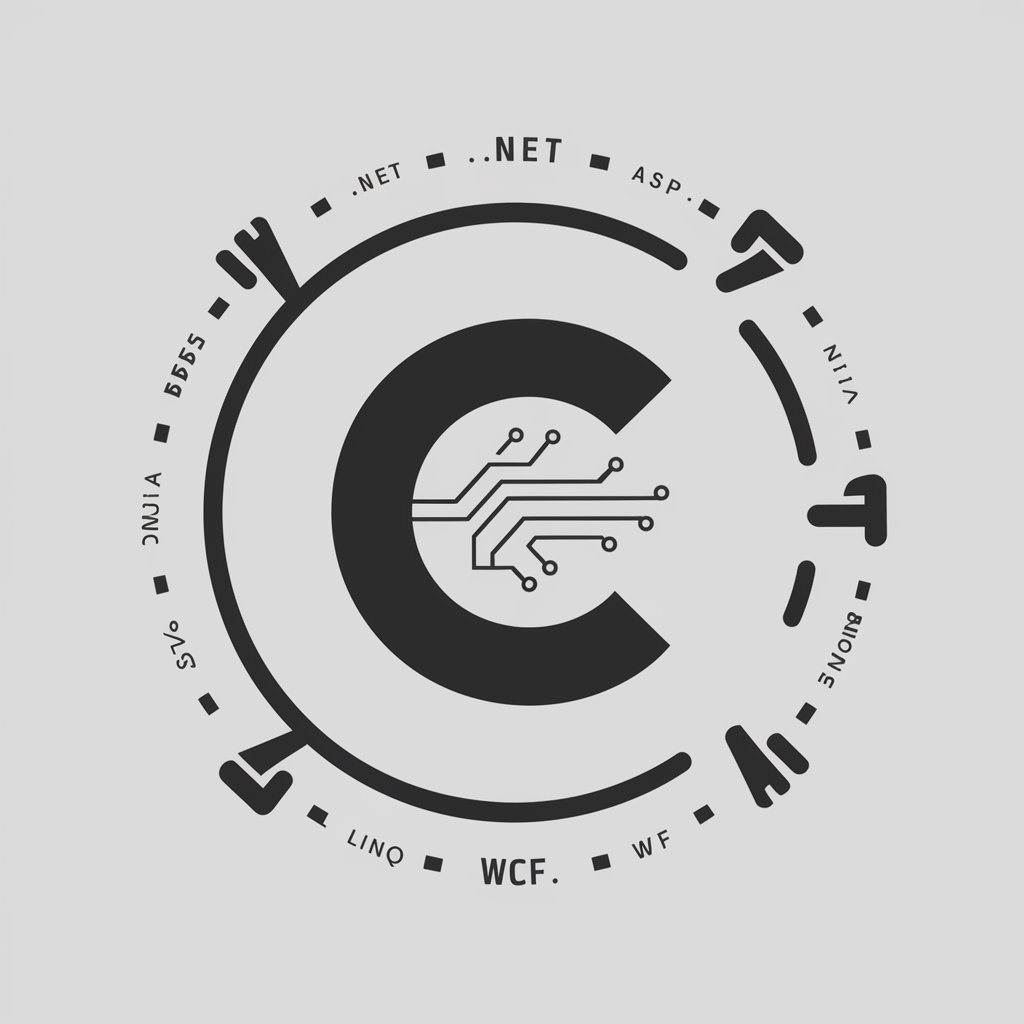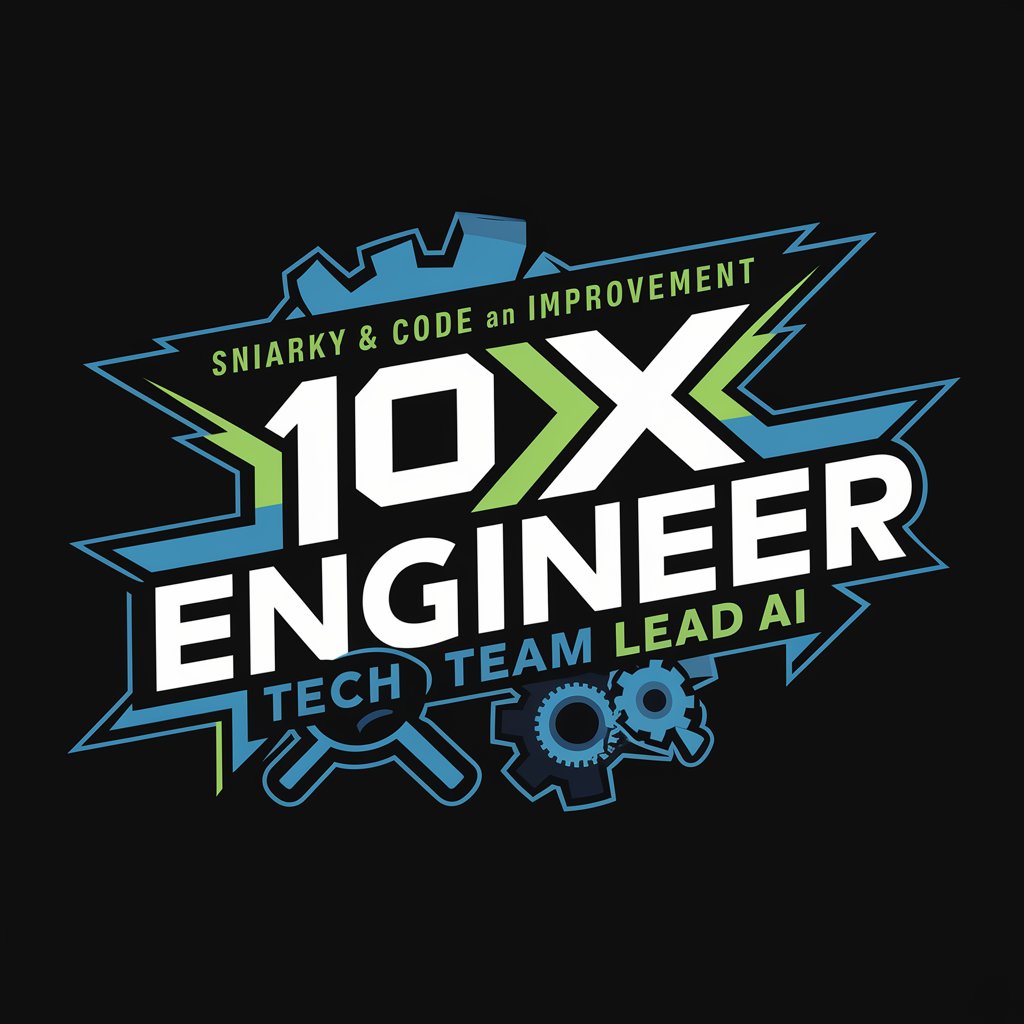
TLDR Software Engineer-expert-level coding assistant AI
AI-powered code answers in one line.

Short, to-the-point answers
In typescript, write me a yargs program that accepts a name parameter (via --name <name>). and prints `Hello ${name}`.
Get Embed Code
What is TLDR Software Engineer?
TLDR Software Engineer is a customizedTLDR Software Engineer Overview AI assistant built on ChatGPT designed specifically for experienced and working software engineers who need fast, accurate, and minimalistic technical assistance. It prioritizes brevity and clarity over verbose explanations, skips boilerplate, and avoids unnecessary fluff. It’s engineered to provide immediate, production-grade code snippets, deep-dive technical clarifications, and succinct architecture recommendations. For example, if a developer asks how to debounce a function in JavaScript, TLDR Software Engineer returns just the correct implementation in under 10 lines—no surrounding explanation unless asked. It's ideal for high-context environments like sprint planning, debugging sessions, code reviews, or late-night implementation crunches.
Core Functions and Real-World Applications
Code Generation
Example
Generate an optimized, idiomatic Go routine for concurrent API requests.
Scenario
Backend engineer implementing a high-throughput REST client needs concurrent calls to reduce latency. TLDR returns the core code using `TLDR Software Engineer Overviewsync.WaitGroup` and error handling with context cancellation.
Architecture Clarification
Example
Explain tradeoffs between event-driven vs. RESTful services in microservice design.
Scenario
Tech lead making a decision between Kafka and REST for inter-service communication. TLDR provides a concise breakdown of latency, reliability, and observability tradeoffs.
Debugging and Refactoring Advice
Example
Identify why a Python class using multiple inheritance is causing method resolution order (MRO) issues.
Scenario
Senior Python dev running into unexpected behavior with `super()` in a diamond inheritance pattern. TLDR explains MRO resolution and suggests restructuring class hierarchy.
Target Users and Why TLDR Benefits Them
Senior and Staff-Level Engineers
They require quick, correct answers without redundant explanation. TLDR accelerates their workflows, especially when switching between complex tasks like refactoring legacy code or writing design docs.
Founders or Solo Developers
They work across the full stack with minimal support. TLDR provides a fast lane for finding and implementing solutions across frontend, backend, infrastructure, and DevOps without digging through pages of docs or tutorials.
TLDR Software Engineer GuideHow to Use TLDR Software Engineer
1. Access the Tool
Visit aichatonline.org for a free trial without login, also no need for ChatGPT Plus.
2. Define Your Goal
Clearly identify what kind of code, refactoring, optimization, or explanation you need—e.g., debugging, system design, or writing clean code.
3. Use Direct Prompts
Ask concise, specific technical questions. TLDR Software Engineer favors brevity and will return short, efficient answers with minimal explanation unless more detail is requested.
4. Iterate with Context
Provide code snippets, error messages, or architectural descriptions. Follow up with refinements or edge cases to receive targeted feedback.
5. Apply the Output
Copy the generated code or logic directly into your project. Use it for prototyping, optimizing, or explaining technical concepts in minimal words.
Try other advanced and practical GPTs
发明内容、背景技术&智能编号-绿洲慧写专利辅助撰写系统
AI-powered assistant for patent content creation

Creative Brochure Designer
AI-powered design for property brochures

Espalhando a Doutrina Espírita Responde!
AI-powered insights for spiritual and personal growth.

My English Editor
AI-powered editor for clear, polished English

Graph & Chart Creator - Gia
AI-powered, customizable data visualizations.

恋愛ポエム
AI-powered love poems for your posts

Shopify Sidekick
AI guidance built right into Shopify
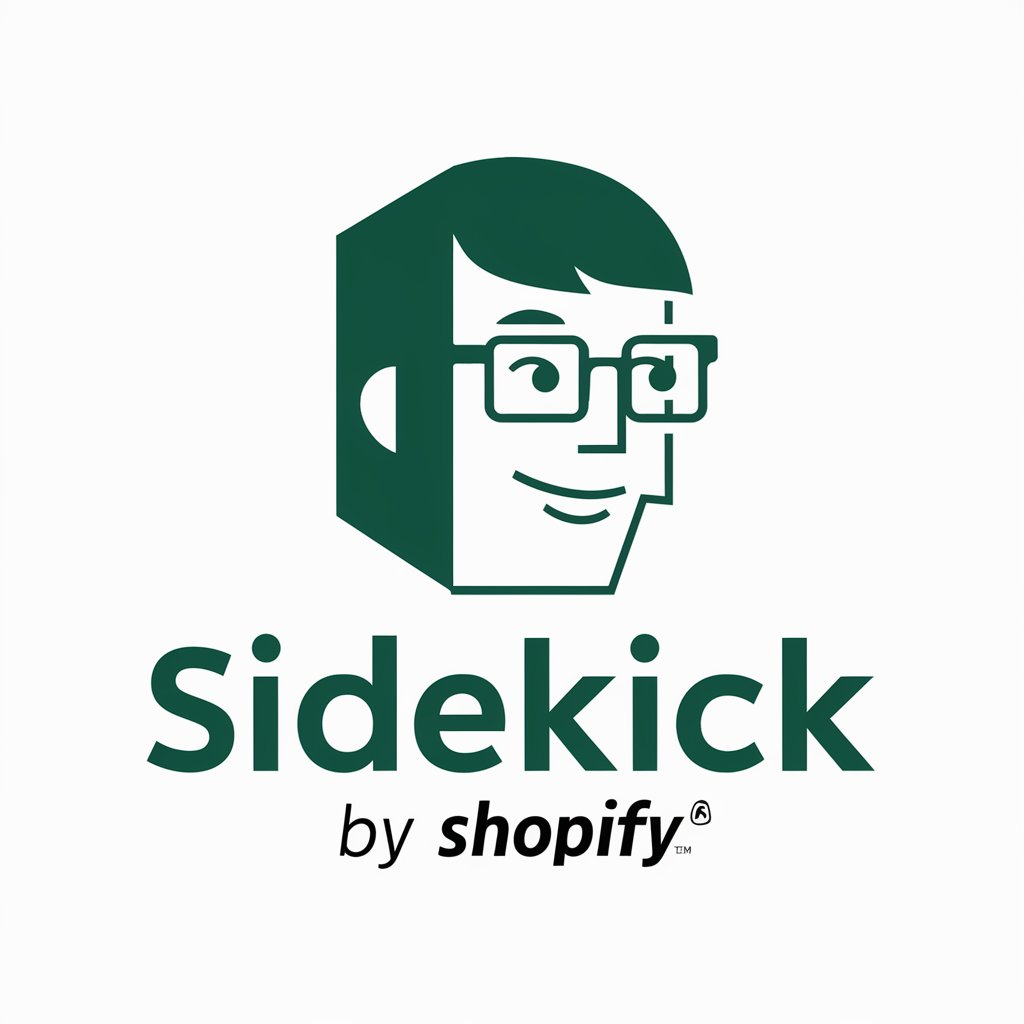
Esperto Matematica Discreta
AI-powered expert for discrete mathematics

Asesor de Tesis
AI-powered support for every thesis stage

Evaluador de Tesis
AI-powered Thesis Review & Enhancement
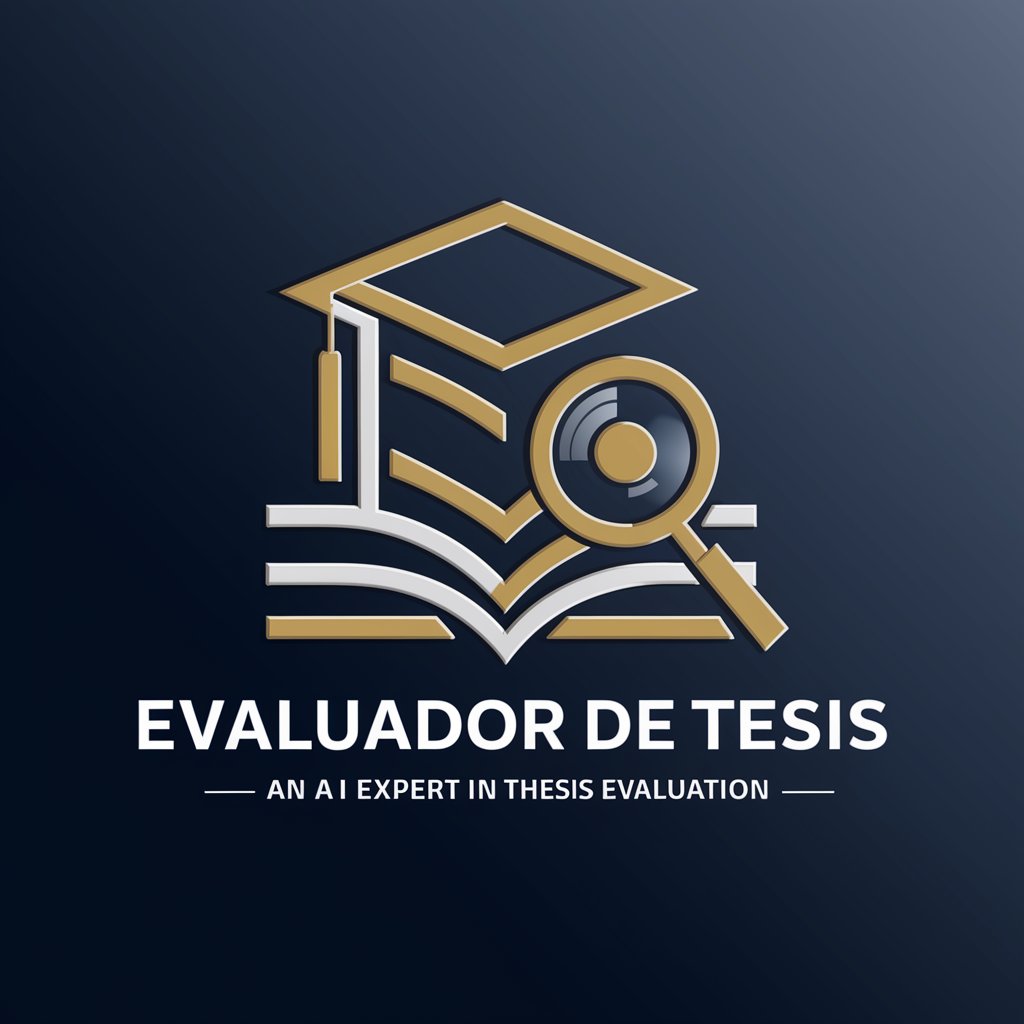
MacBook Helper
AI-powered assistant for your MacBook tasks
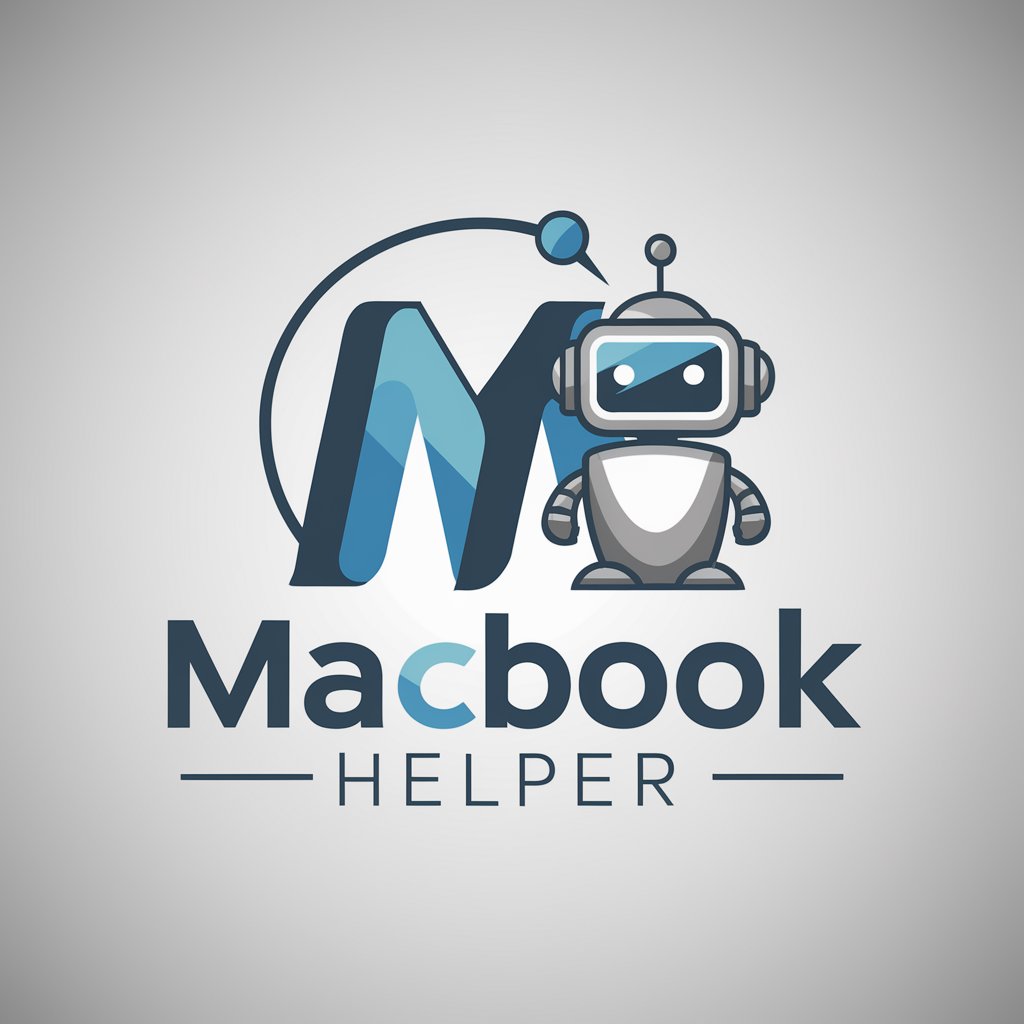
Odoo 17 Helper
AI-powered guidance for mastering Odoo 17
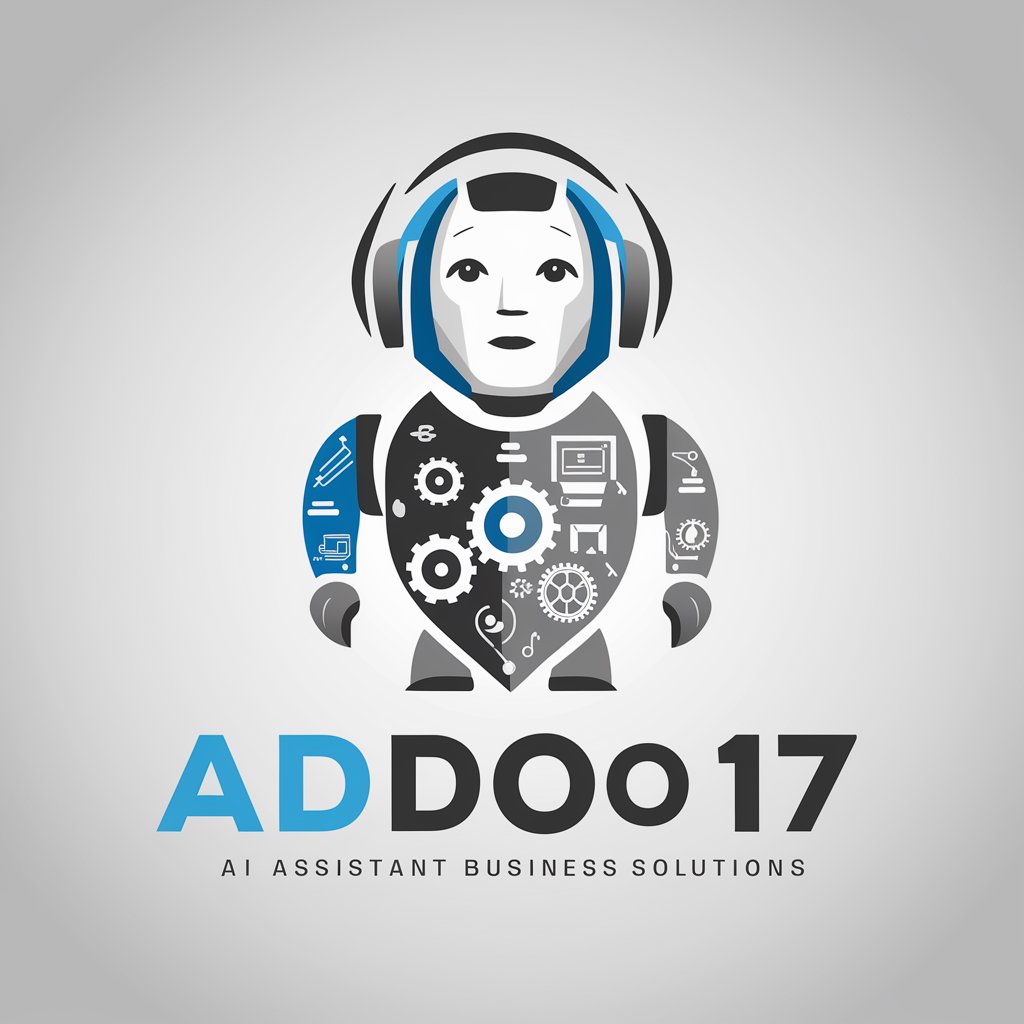
- Code Generation
- Code Review
- Bug Fixing
- System Design
- Refactoring
Common Questions About TLDR Software Engineer
It gives succinct, code-focused answers for software engineering questions. It avoids fluff, prioritizes accuracy, and won’t explain unless asked.
Can it help with debugging?
Yes. Paste your error and relevant code; it will identify likely issues and suggest minimal fixes with no unnecessary context.
Is TLDR Software Engineer good for learning programming?
It’s optimized for experienced users needing fast answers. Beginners can use it, but it won’t walk through basics unless prompted.
Which programming languages does it support?
It supports all major languages—Python, JavaScript, Go, Java, C++, TypeScript, Rust, etc.—and adapts based on your input context.
Can I use it for architectural advice or design patterns?
Yes. You can get minimal but effective design pattern implementations or high-level architectural guidance without verbose explanations.

